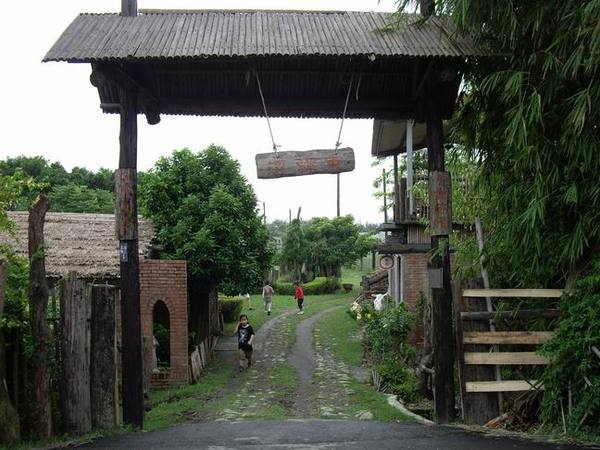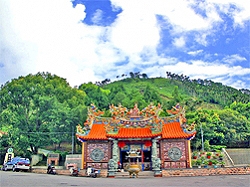NO.250
Author: NO.250 2016-03-23 22:17:16 Views: 649

New Zealand National Film Unit presents Weekly review no. 250 (1946)
B&W 8 mins. 35mm 734 ft. NEWS CLIPS - 250TH WEEK - SIR KEITH PARK HERE 40 ft. COUPON CHAMPS 76 ft. U.S. MEMORIAL DAY 59 ft. KURE.... ANZACS in JAPAN 178 ft. CAMERA...N.Z. FILM UNIT REINFORCEMENTS.... J FORCE SAILS 145 ft. PAPAKURA.... BEE DAY 170 ft. Film Censor's Certificate No. U12745 (14 June 1946) Release Date: 14.6.46 Viewing copies : VHS Video- R.V. 619 35mm film- W3471/ss/F7 (lacks series title) VHS Video (Preview Tape)- BITC 49
=============================
New Zealand’s first introduced honey bees arrived on 19 March 1839. The bees landed at the Wesleyan Mission Station at Mangungu, Hokianga, with Mary Bumby, the sister of the Methodist Church’s Superintendent of Missions in New Zealand John Bumby. Bees were also introduced by the Reverend Richard Taylor, William Cotton, Lady Hobson and James Busby in 1843. Prior to the introduction of honey bees, New Zealand had two native species of bees, but neither was suitable for the production of honey.
The need for honey bees was identified by the Reverend William Cotton as early as 1842, when he wrote in his book, My bee book, that the introduced bees would ‘confer on the natives of New Zealand the pleasure and profits of bees of their own.’ Bees were also soon recognised for their essential role in the pollination of white clover, which was being sown in pastures with seed from England. The clover grew well, but without a pollinator, was unable to reseed.
New Zealand’s lush bush proved a welcoming home for bees, and introduced colonies quickly flourished. Regarded by many as the father of beekeeping in New Zealand, Isaac Hopkins observed that by the 1860s, bee nests in the bush were abundant and a significant amount of honey was being sold by Māori, New Zealand’s first commercial beekeepers.
It was not until the introduction of the Langstroth hive in 1878 that the commercial production of honey in New Zealand began to take off. As more land was made available to returned soldiers following the First World War, beekeeping experienced an increase in popularity. The spread of hives across the countryside was made more economic and easier with the addition of motorised transport.
Source: http://www.teara.govt.nz/en/beekeeping/page-1
This clip, entitled ‘Papakura: Bee Day’, shot in 1946, shows a beekeeper demonstrating the collection of honey to a crowd. Notice the lack of protective clothing!
The film is part of a larger collection of films held by Archives New Zealand. The National Film Unit’s ‘Weekly Review’ and ‘Pictorial Parade’ film series captured a wide variety of news and general interest stories, and contributed to the cultural identity of mid-twentieth century New Zealand. In a period before the advent of television, when film was one of the most important forms of popular culture in New Zealand, local involvement in film production was largely represented by the National Film Unit. The Unit was responsible for most of the footage that now documents these decades of New Zealand history. This was represented each week at movie theatres in the form of Weekly Reviews (1941-50) and Pictorial Parades (1952-71). These films played a vital part in informing New Zealanders' view of the world and themselves over three decades. They are a familiar and memorable representation of New Zealand's twentieth century history, societal changes, and relationship to the world. These films are listed on the UNESCO Memory of the World register, which aims to recognise significant documentary heritage in a similar fashion to the way UNESCO's World Heritage Convention and World Heritage List recognises significant natural and cultural sites.
For updates on our On This Day series and news from Archives New Zealand, follow us at twitter.com/ArchivesNZ
Material supplied by Archives New Zealand
NO.250
URL:http://www.no250.com.tw
E-mail:tungcpo@gmail.com
電話:0911 - 222250
地址:宜蘭縣冬山鄉得安村鹿得五路250號











